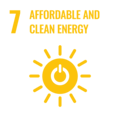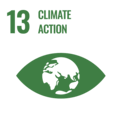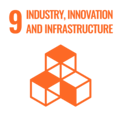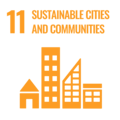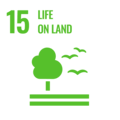We shape the future's sustainable energy solutions
Who we are and what we do
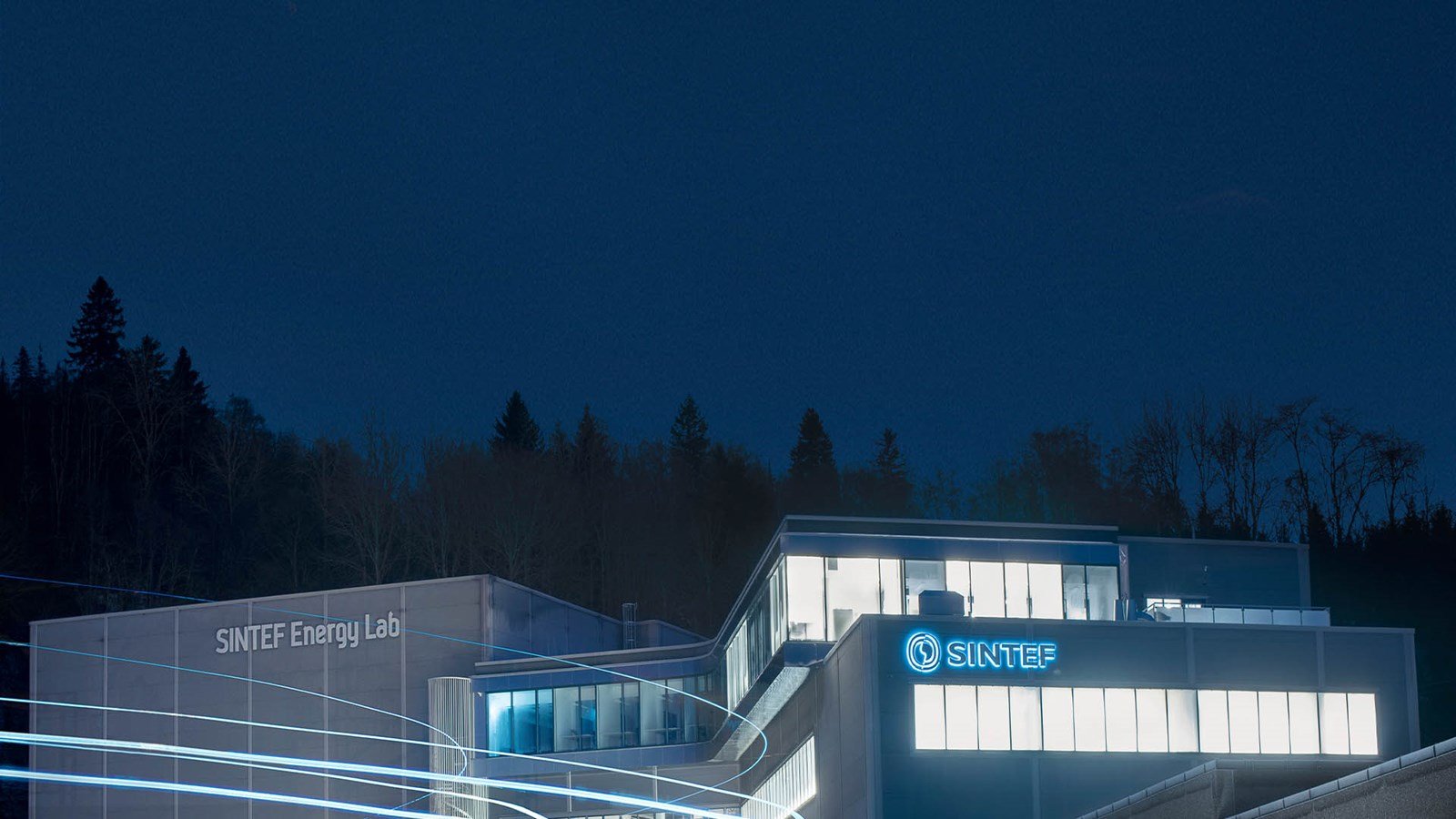

Last year proved that SINTEF Energy Research and our partners have an exceptionally strong will and ability to adapt.
I am proud of and impressed by our high level of activity, and the fact that we, despite recent global events, have managed to continue our research projects together with important collaboration partners in industry and at the Norwegian University of Science and Technology (NTNU).

SINTEF, globally and locally

World-leading solutions

SINTEF Energy and the Sustainable Development Goals
Our strategy and activities are guided by the UN’s 17 Sustainable Development Goals (SDGs), and SINTEF Group is committed to all of them. SINTEF Energy Research mainly contributes to:
Affordable and clean energy
Our research will contribute to achieving a low carbon footprint and high security of supply for various energy solutions, as well as their efficiency and economic viability. The majority of our research projects contribute to achieving Goal 7.

Climate action
We contribute to Goal 13 by developing technology to reduce emissions, and new, sustainable energy solutions to replace less environmentally friendly ones.

Industry, innovation and infrastructure
Infrastructure for energy supply, both onshore and offshore, are key for functioning, robust societies.Many of our projects contribute to building solid infrastructure as well as more innovative business activities.We have numerous projects that contribute to sustainable industrialisation by developing energy-efficient solutions.

Sustainable cities and communities
Our research contributes to developing sustainable neighbourhoods that do not emit greenhouse gases, and we are developing solutions for secure and zero-emission transport using various energy carriers.

Life on land
SINTEF Energy Research works with energy solutions that safeguard the natural world.
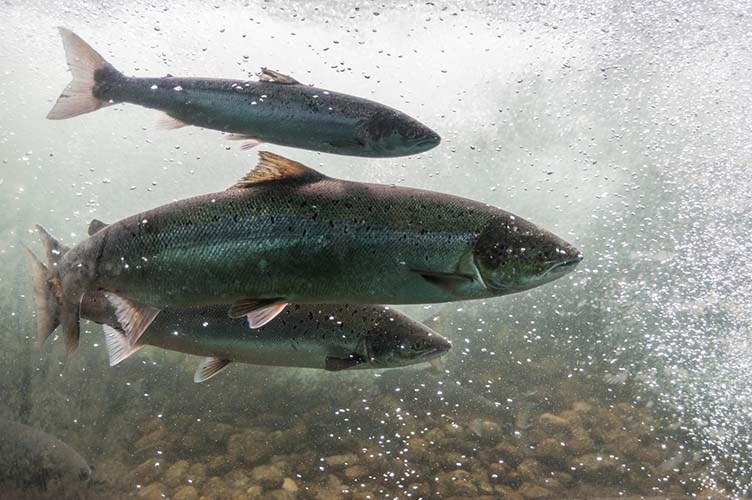
Himalayan Aquatic Biodiversity and Hydropower
Secure and reasonable access to energy is one of the most important ways of eradicating poverty. Today, 30% of Nepalese residents do not have access to the public power grid. The country has a great potential to develop hydropower so that it supplies the entire region with electricity. Scientists from SINTEF are helping Nepalese authorities identify regulatory measures to ensure that the development and management of hydropower safeguards people, nature and animal life.

New gases for GIS: Alternatives to the world’s most potent greenhouse gas
Gas-insulated switchgear (GIS) are essential components in the power system. They are used at energy hubs, such as electrical substations, and contain switches that control the flow of power in the grid.
SF6 is used in GIS because it has excellent electrical insulation properties. Unfortunately, it is also the most potent greenhouse gas we know of, and more than 23,000 times worse per kg for the environment than CO2. Therefore, finding a good replacement to SF6 would significantly reduce the environmental footprint of switchgear in Norway and the world.
The main goal of the “New gases for GIS” project is to contribute to a future sustainable and robust power grid by investigating long-term alternatives to SF6 to be used in distribution and transmission systems.

HighEFF: Data centres as a source of heat
Over the past decade, the need for computing power has increased exponentially, making data centres a rapidly growing industry. Data centres are expected to use 20% of the world’s electricity by 2030. However, data centres also produce a lot of heat, and therefore have the potential to become heat sources instead of energy drains.
If we use liquid-based cooling systems instead of air-based, we can collect heat at higher temperatures that can be used for other purposes. HighEFF investigates both surplus heat use and energy-efficient industries.

NCCS: CO2 capture and storage
CO2 capture and storage (CCS) is a technology that captures, transports and stores CO2 safely under the earth. If we are to limit the global temperature increase, we need to do more than just reduce our current CO2 emissions; we must also remove existing emissions from the atmosphere.
CCS can contribute to achieving negative emissions if it is used to capture CO2 from, for example, biological waste. In addition, CCS can be used to create pure hydrogen by removing CO2 from natural gas.
CCS is also the only technology that can decarbonise hard-to-abate industries such as steel, fertiliser and cement.

OCEANGRID
Green electricity from floating offshore wind farms can meet the current global energy needs several times over.
SINTEF has world-leading offshore wind research communities, and works to build relevant connections and networks in the international market.
In the Ocean Grid project, SINTEF, NTNU and UiO collaborate with thirteen industry partners in order to develop solutions for the profitable development of offshore wind, including how to connect the power from offshore wind to the power grid and supply many people with renewable energy.

SINTEF Energy Research has clients and projects all around Norway and the world.
Read about some of our projects being carried out in Norway to the right.
SINTEF Energy Research is very active in global research – especially in Europe
SINTEF Energy Research hosts five national research centres

FME NorthWind
NorthWind will contribute to Norway’s profitable export of wind energy, new green jobs, and wind power that respects both nature and people.
The centre consists of over 40 Norwegian business partners in addition to research partners SINTEF, NTNU, NINA, NGI and UiO.
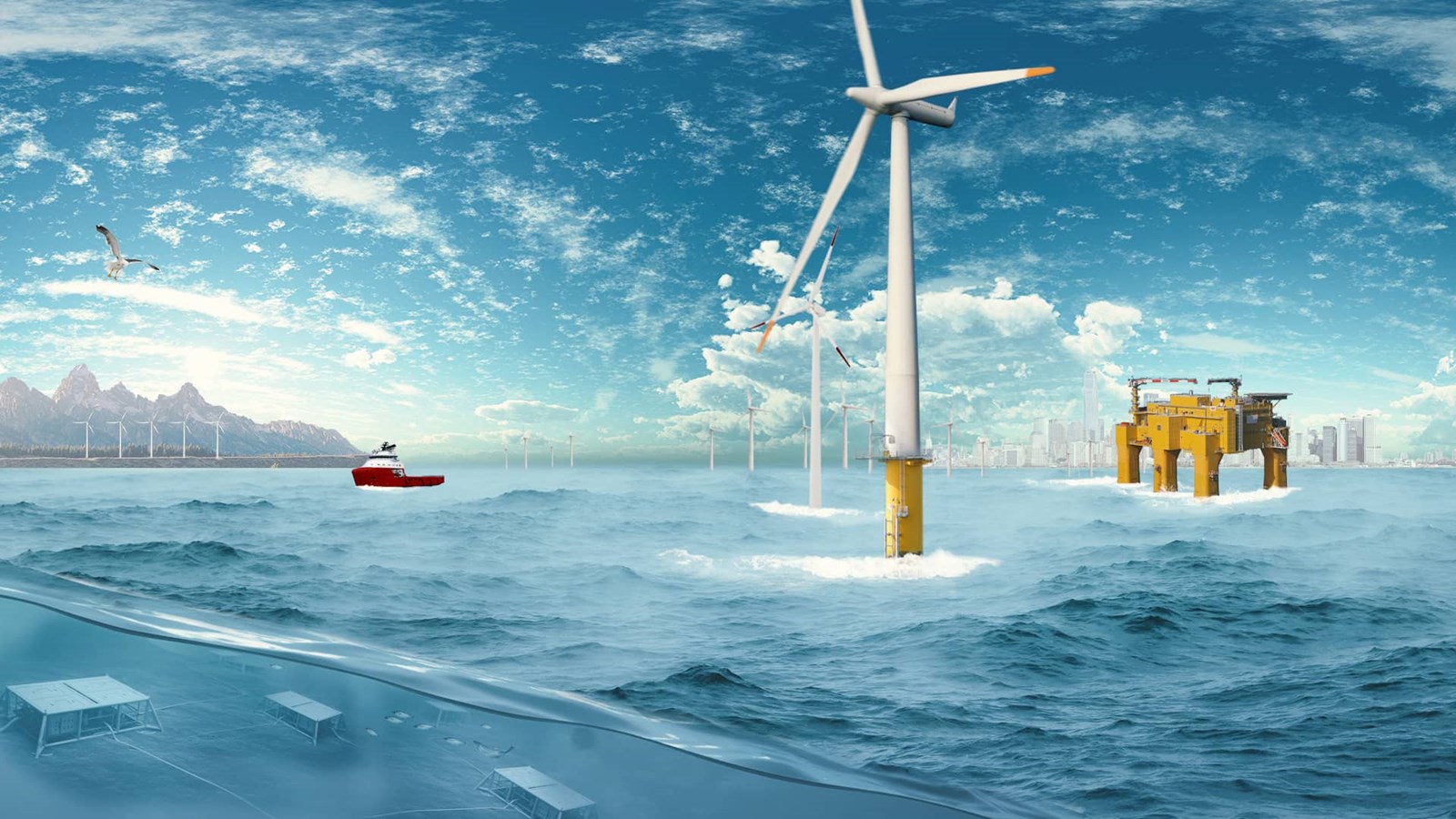
FME NCCS
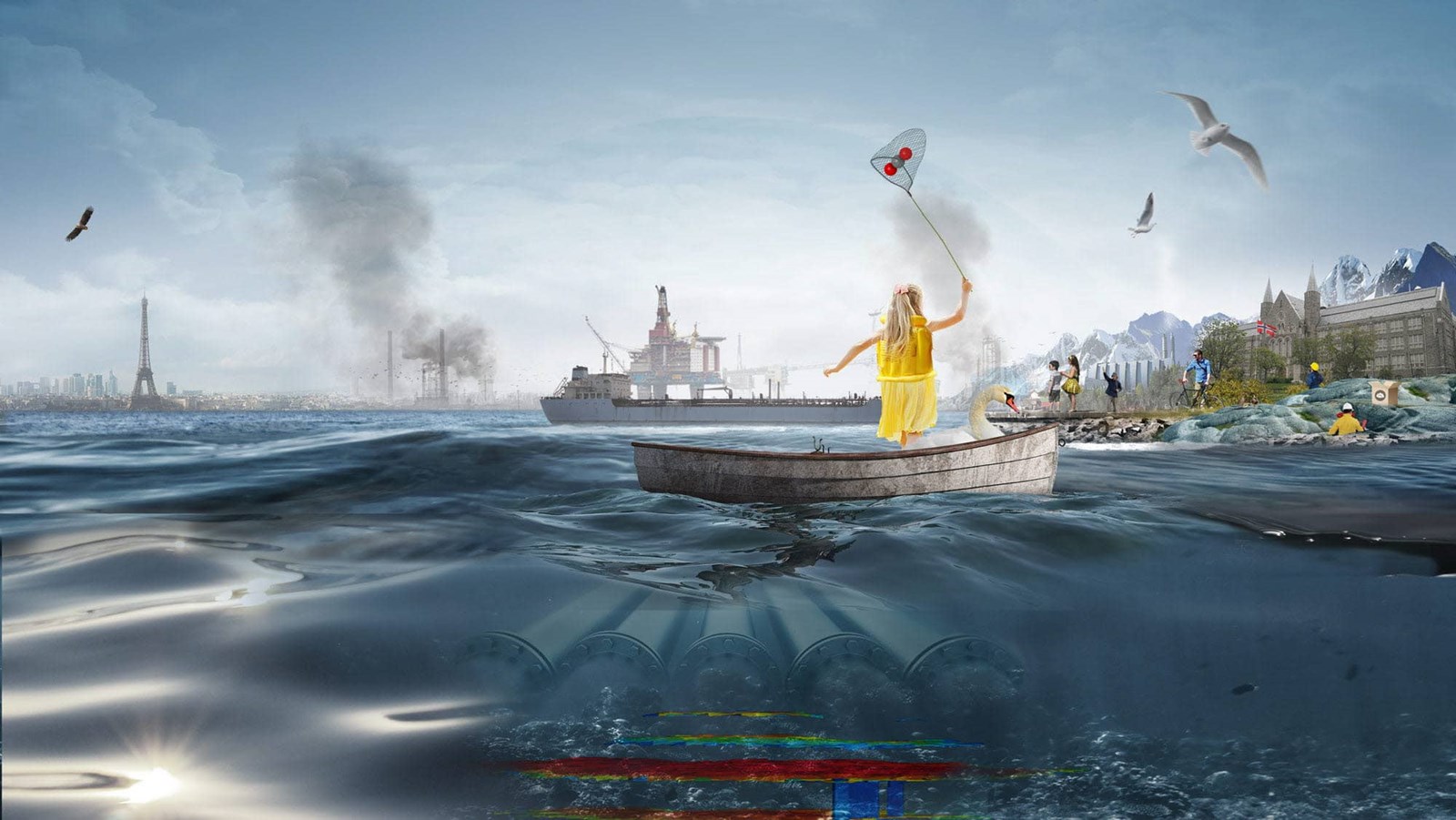
FME HighEFF
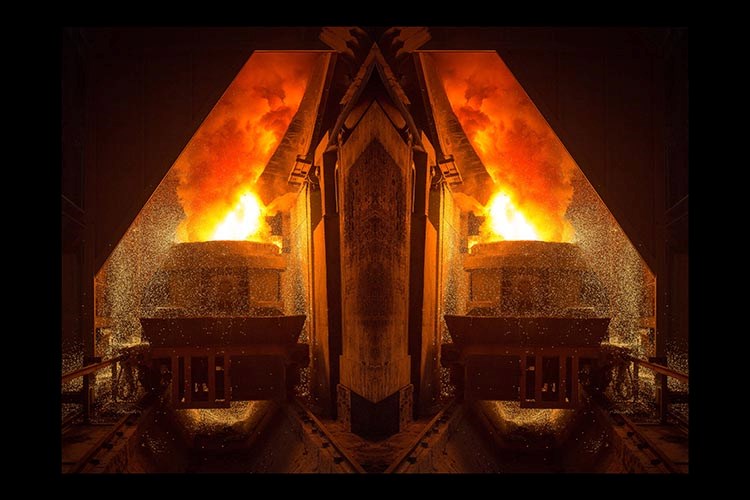
FME CINELDI

LowEmission

Another excellent year for scientific publications produced by the institute
Scientific publications are key to ensuring that our research maintains a high international standard. SINTEF Energy Research has a goal of at least one publication point per full-time equivalent researcher.

Key numbers
Net operating income (NOK)

Net operating margin

Profits are invested in new knowledge creation
SINTEF Energy Research's profits are invested in laboratories, scientific equipment, facilities and the development of new knowledge. This represents an investment of NOK 299 milllion over the last ten years.

Financial sources (% of gross net operating income)

Employees (2021-12-31)

Publications

Publication level

The Norwegian scientific index divides journals and publishers into "level 1" and "level 2", where level 2 is reserved for the internationally most prestigious journals. Only 20 % at most are on level 2 nationally.
